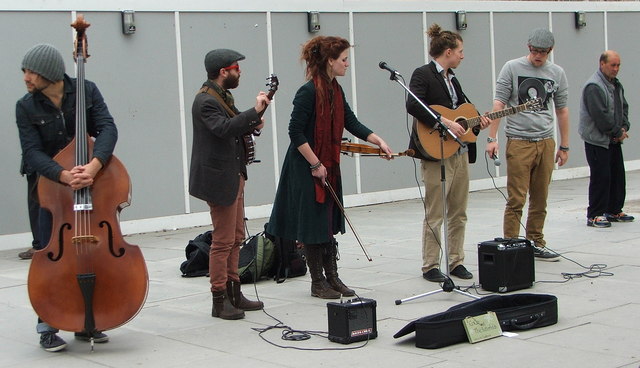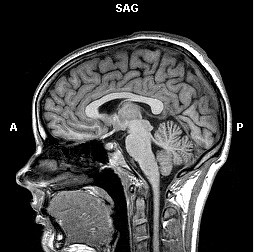 “Where were you on 9/11?”
“Where were you on 9/11?”
That question has become part of the fabric of our lives as Americans and was one of the inspirations for writing “Ashes Ashes The Twins Fall Down.” The initial inspiration for the book was of course the attacks on 9/11. But what initially caused me to sit down and start writing this story was my own need to deal with my grief of 9/11. In the year following 9/11 I actually started suffering from panic attacks that I finally began to figure out were due to my fears and not having dealt with my feeling of 9/11. So, when I sat down in 2002, my expectation was simply to put a few words down on paper to work through my own grieving process and hopefully alleviate my panic attacks. It may sound strange, but I find writing down my feelings and thoughts when I’m sad, angry or whatever the emotion helps me work through them. I don’t know if it helps me organize my feelings or simply look at how unrealistic they may be or what. I truly never set out to write a book. But, I soon found out that the more I wrote, the more I had to write. Once I started writing, it was as though the emotional floodgates opened, and all the memories came back – memories that beckoned to be put on paper.
As I sat there recounting my memories of that bright sunny September day, I soon realized that while everyone talked about what happened in New York, at the Pentagon, and in the field in Pennsylvania, very little had been said about how that day affected those of us outside of those areas. While we may not have been at Ground Zero or even within view of New York City, the entire country sat watching all of the news footage that day. You could not have watched the pictures of people jumping to their deaths from burning buildings, the collapsing of the Twin Towers, the unrecognizable soot covered first responders doing all they could to locate survivors without being affected. An entire country, and world, was affected on that day. Lives were changed, security lost, and our story, my story, should and needed to be shared alongside of the stories of those lost in the attacks of 9/11 and their loved ones left behind.
My hope is that the reader will feel what I felt as I wrote this book. The feelings provoked were very emotional. Ashes, Ashes The Twins Fall Down will make you cry, it will make you laugh, and it will make you remember. In this book I have not only shared my personal experiences surrounding that day but I have also shared transcripts received from the hijacked planes. The readers of this book will come away both enlightened and comforted.
Of course we will never forget the New York City firefighters, police, and other first responders that dropped what they were doing, kissed their wives and children goodbye, and headed for what would eventually be known as Ground Zero. They did this without question and without thought for their safety, not knowing that many of them would never see their families again. These men and women had taken a pledge to protect their city and their fellow man, and for them this was more than just a job; it was who they were. They gave of themselves, and in some cases gave their lives, selflessly and without question, the true heroes of that bright sunny September 11, 2001, day.































